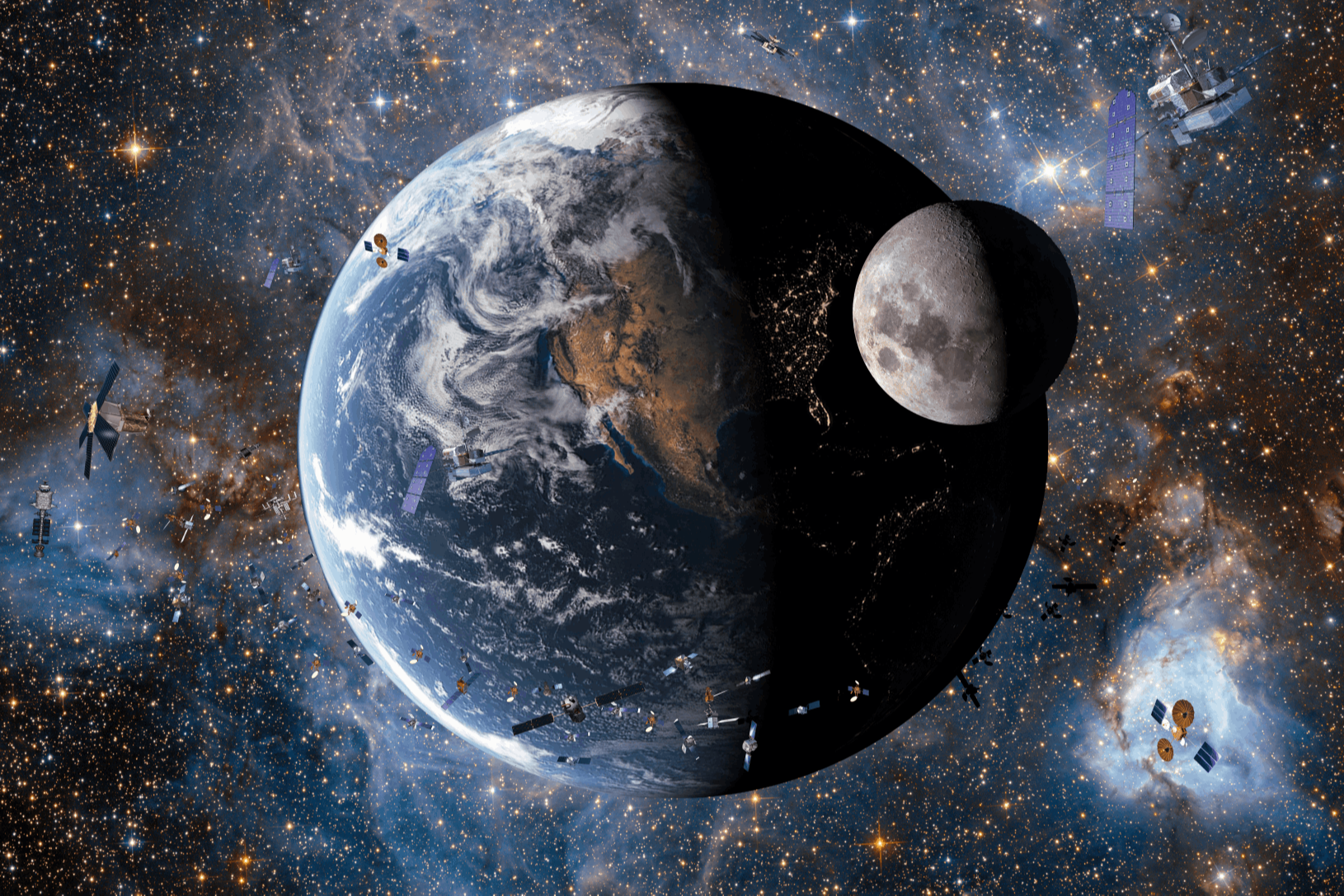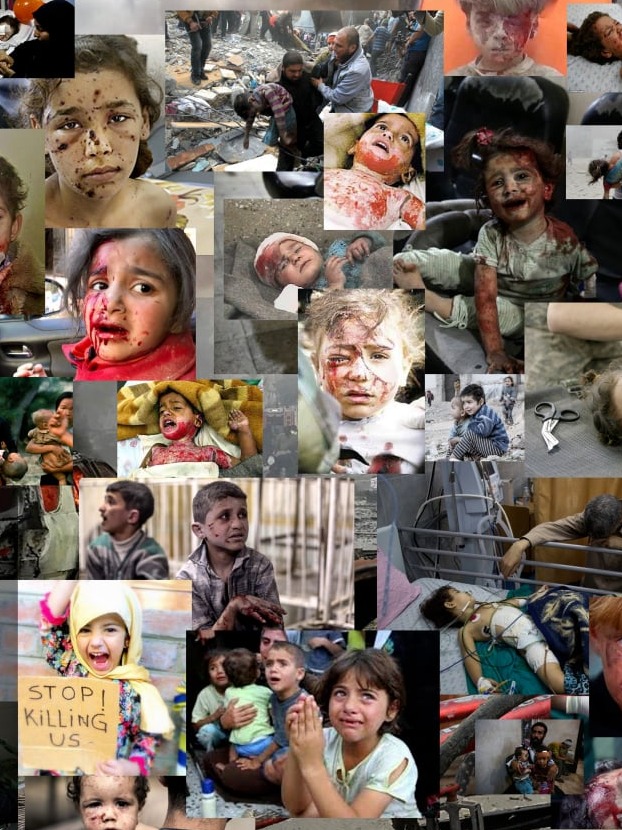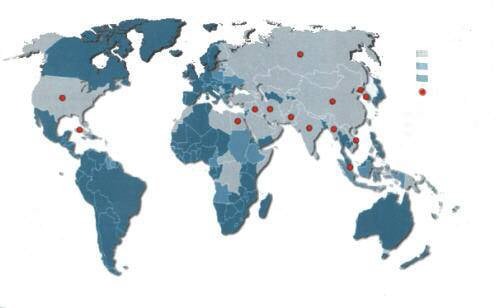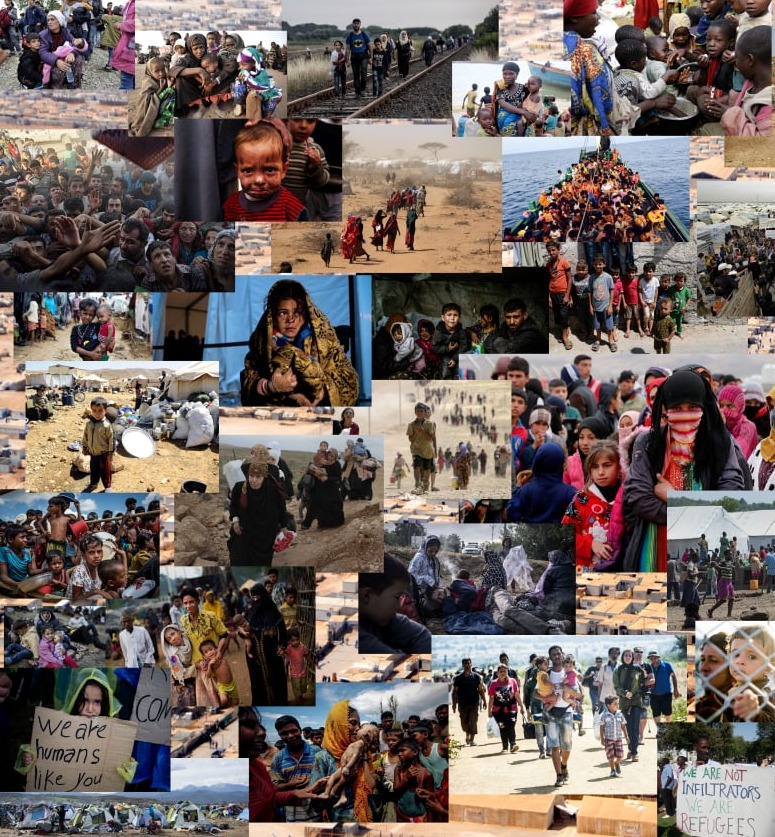
United Earth for Peace
Seeking Ways to Improve the Human Condition

Seeking Ways to Improve the Human Condition

That is the trouble with the world; everything is viewed from a distance. Too many of us view the troubles in the world from the comfort of our homes. Our TVs, often our only source of information, providing only a small limited snapshot of the suffering in the world. We are distracted from the global view by the suffering of a few whose pictures are plastered across the page and screen of every news media in the world.
Yes, we feel sorry for those suffering few, but too often there is nothing we can do to easy their pain. After all, how do you stop a war? As we feel sorry for those few our gaze has been turned from the pain and suffering of a growing number of people and other problems worldwide. Yet, what can we do? Until the world unites as a single voice the human suffering that goes on worldwide will continue. That is what United Earth for Peace is all about. We are about finding global solutions for global problems.
Ours is a world view. We search for answers to global problems and then seek to apply the answers we find on a global scale without regard to race or religion and we are mandated to respect local customs with respect to those people whom we serve.
Yes, we will shine a light on those problems that must be address on a global scale. War, pollution, famine, climate change (global warming), Refugee crises, poverty, crime, slavery and the trafficking, abuse, and exploitation of men, women, and children are all global problems that need answers. However, the answers we will provide will be on a more human scale dealing first with the basic needs of habitat (housing), food production, and medical care. Beyond that we will address other basic needs like education for all. Even as we search for and find answers for the basic needs of humanity we will become a growing voice that will not be quenched until we have found the answers to all the other global problems we still face.
Consider the global priorities in spending in 1998.
Global Priority:
Cosmetics in the United States- $8,000,000,000
Ice cream in Europe - $11,000,000,000
Perfumes in Europe and the United States - $12,000,000,000
Pet foods in Europe and the United States - $17,000,000,000
Business entertainment in Japan - $35,000,000,000
Cigarettes in Europe - $50,000,000,000
Alcoholic drinks in Europe - $105,000,000,000
Narcotics drugs in the world - $400,000,000,000
Military spending in the world - $780,000,000,000
Compare that to what was estimated as additional costs to achieve universal access to basic social services in all developing countries.
Global Priority:
Basic education for all - $6,000,000,000
Water and sanitation for all - $9,000,000,000
Reproductive health for all women - $12,000,000,000
Basic health and nutrition - $13,000,000,000

Study well the pictures, it is the things that all our guns, bombs, and bullets have purchased. It is the face of war.
When will we wake up realize war is unnecessary and outdated as means to settle our differences. How long must children suffer the foolishness of adults as we fight over things of no real consequence? Were we not taught to share as children? The lessons we learned as children, we have forgotten as adults.
Of all the insane excuses we have come up with as our reasons for going to war religion has been by far the worse. To go to war and kill our brothers in the name of a God who said, "Thou shalt not kill," shows just how well we have listened to a God that the majority of the world believes created us all in His image.
We claim to have reached a height of civilization and technology unparalleled in human history. Yet, we have not come so far that we have out grown the need for war. With our advanced technology we have created new ways to kill our fellow man on an almost unimaginable scale. Whole cities have been wiped from the face of the planet, hundreds of thousands of people killed in the blink of an eye. I don't call that progress.
So study well the face of war and how far we have really progressed in the last few thousand years as human beings. Know that it is within our power to end war and all those things that cause human suffering if we, and our leaders, truly wished to do so; if we were truly a united world for peace.

The other face of war is the legacy of what we have left behind.
All the countries that have signed or agree in principle with the treaty to ban land mines are the countries in the darker blue colors. Note that most of the countries (light blue) that have not signed not signed the treaty or at least agree with it in principal are the ones still making land mines (the red dots).
What we have left behind after the wars we have waged is over continues to leave scars upon the land and the people. Rarely do we clean up the mess we left behind. That we leave to future generations. Yes, that is what we have gotten from our technological advancements, weapons that keep on killing long after the war is over. It is just another face of war.
Whatever excuses we have come up with for waging war, land, resources, religion, race, color, creed, the way someone parts their hair, etc., it is never the real reason why people wage war. It is really about power and control over others; control over their lands and their lives. True freedom and true world peace is a threat to those who seek to control every aspect of our lives. The last thing the handful of people who seek to control the human race wants is a united Earth for peace.
Notes of Interest
IDP is short for “internally displaced person”. Some 26 million people worldwide currently live in situations of internal displacement as a result of conflicts or human rights violations. They were forced to flee their homes because their lives were at danger, but unlike refugees they did not cross international borders. Although internally displaced people now outnumber refugees by two to one, their plight receives far less international attention. Many IDPs remain exposed to violence and other human rights violations during their displacement. Often they have no or only very limited access to food, employment, education and health care. Large numbers of IDPs are caught in desperate situations amidst fighting or in remote and inaccessible areas cut-off from international assistance. Others have been forced to live away from their homes for many years, or even decades, because the conflicts that caused their displacement remained unresolved.
While refugees are eligible to receive international protection and help under the 1951 Refugee Convention and the 1967 Protocol, the international community is not under the same legal obligation to protect and assist internally displaced people. National governments have the primary responsibility for the security and well-being of all displaced people on their territory, but often they are unable or unwilling to live up to this obligation.
It is just another face of war.

Global Trends At-a-Glance
By the end of 2017, 68.5 million individuals were forcibly displaced worldwide as a result of persecution, conflict, violence or human rights violations. That was an increase of 2.9 million people over the previous year, and the world’s forcibly displaced population remained at a record high. This includes:
25.4 million refugees in the world—the highest ever seen;
40 million internally displaced people; and
3.1 million asylum-seekers.
New displacement remains very high. One person becomes displaced every 2 seconds – less than the time it takes to read this sentence. That’s 30 people who are newly displaced every minute.
1 in every 110 people globally is either an asylum-seeker, internally displaced or a refugee.
68.5 Million Approximate equivalent to the entire population of France.